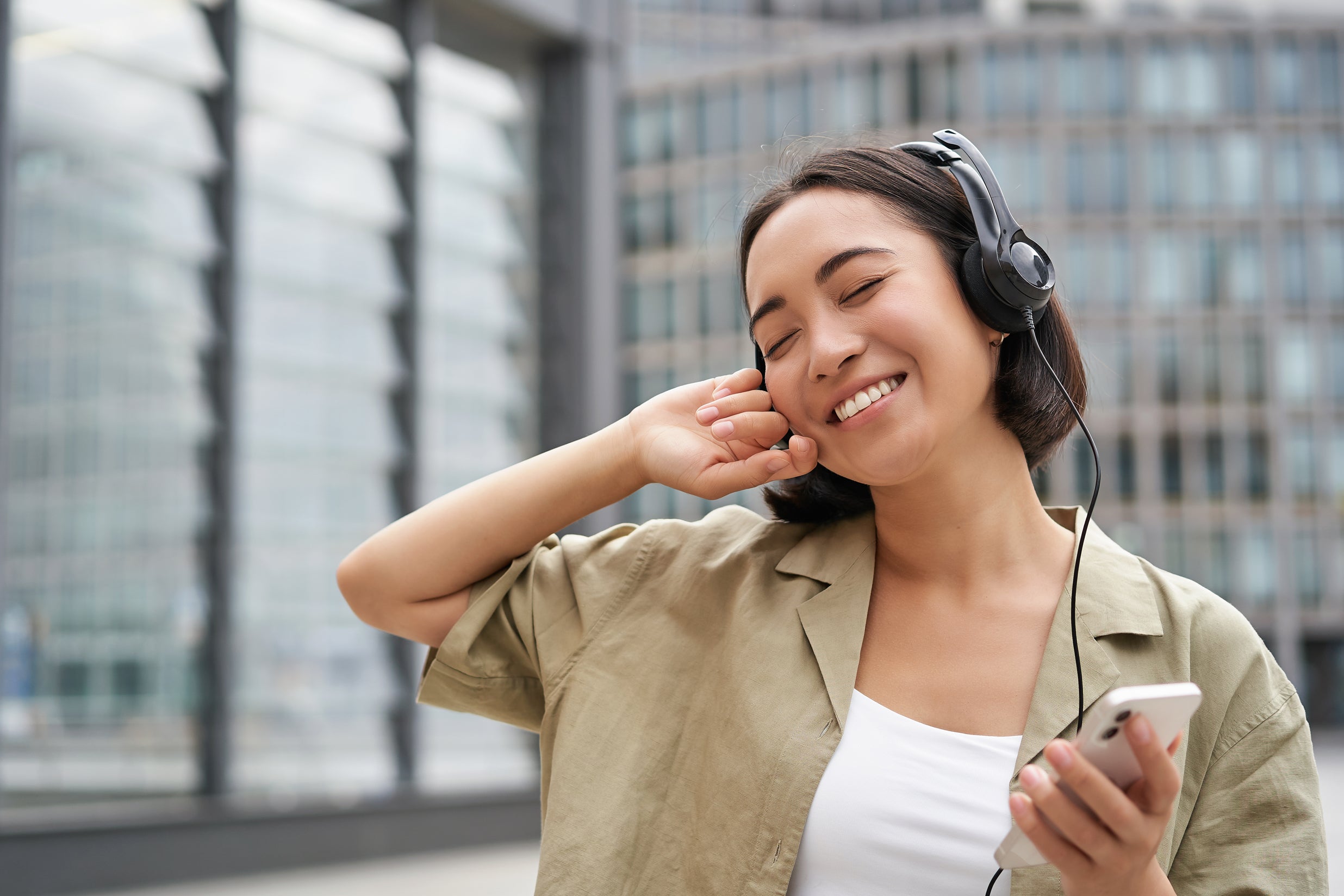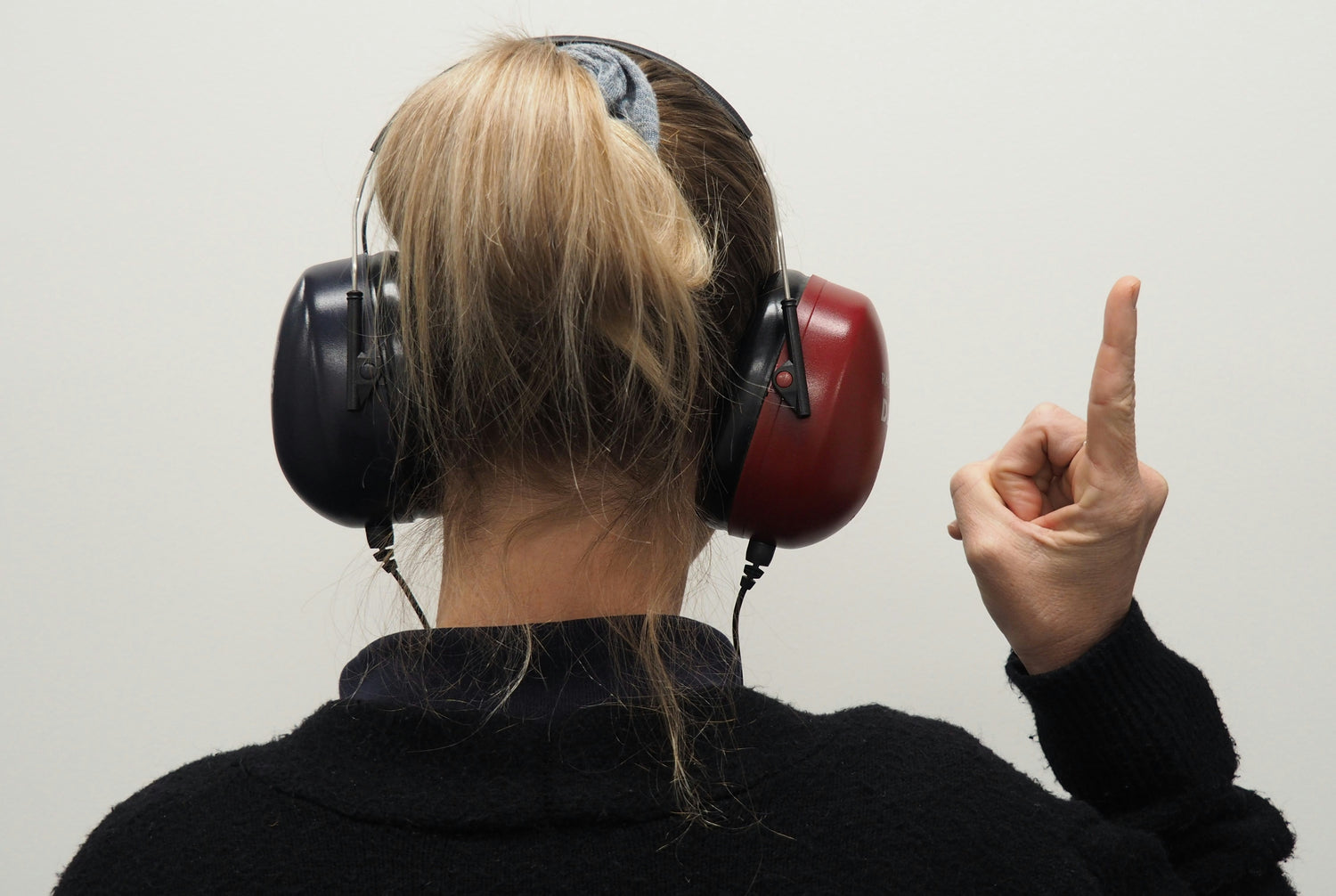In an era dominated by constant audio connectivity through headphones and earbuds, understanding and maintaining a safe listening volume is paramount for preserving hearing health. Let's delve into the importance of responsible volume control and practical tips to strike the right balance.
Understanding Safe Listening Volumes
-
Deciphering Decibel Levels
Safe listening typically entails keeping the volume below 60% on personal audio devices, equivalent to around 70-80 decibels. Beyond this threshold, the risk of noise-induced hearing damage significantly escalates. -
Implications of Prolonged Exposure
Extended exposure to elevated volumes can lead to gradual hearing loss. It's crucial to find a harmonious balance between enjoying audio content and safeguarding the delicate structures of the ears.
Practical Tips for Safe Listening
-
Leverage Volume Limiting Features
Activate built-in volume limiters on personal devices to cap the maximum volume, ensuring it stays within safe thresholds. -
Follow the 60/60 Rule
Aim to maintain the volume at or below 60% for a maximum of 60 minutes at a stretch. Incorporate breaks to allow your ears to rest, minimizing the risk of long-term damage. -
Invest in Good Quality Noise-Canceling Headphones
Consider using noise-canceling headphones to reduce the need for heightened volume in noisy environments, promoting safer listening experiences. -
Embrace Hearing Protection
Wear ear protection in environments where sounds exceed 85dB. Seek guidance from your hearing care professionals for suitable protective devices. -
Be Mindful of Background Noise
Resist the urge to elevate volume in louder surroundings. Opt for noise-isolating or noise-canceling headphones to minimize ambient sounds effectively. -
Prioritize Regular Hearing Check-ups
Schedule periodic hearing check-ups to monitor any potential changes in hearing health. Early detection facilitates timely interventions if issues arise.
Understanding safe listening volumes is crucial, and adopting proactive measures can effectively safeguard your auditory health amid the prevalence of high-volume audio experiences.




